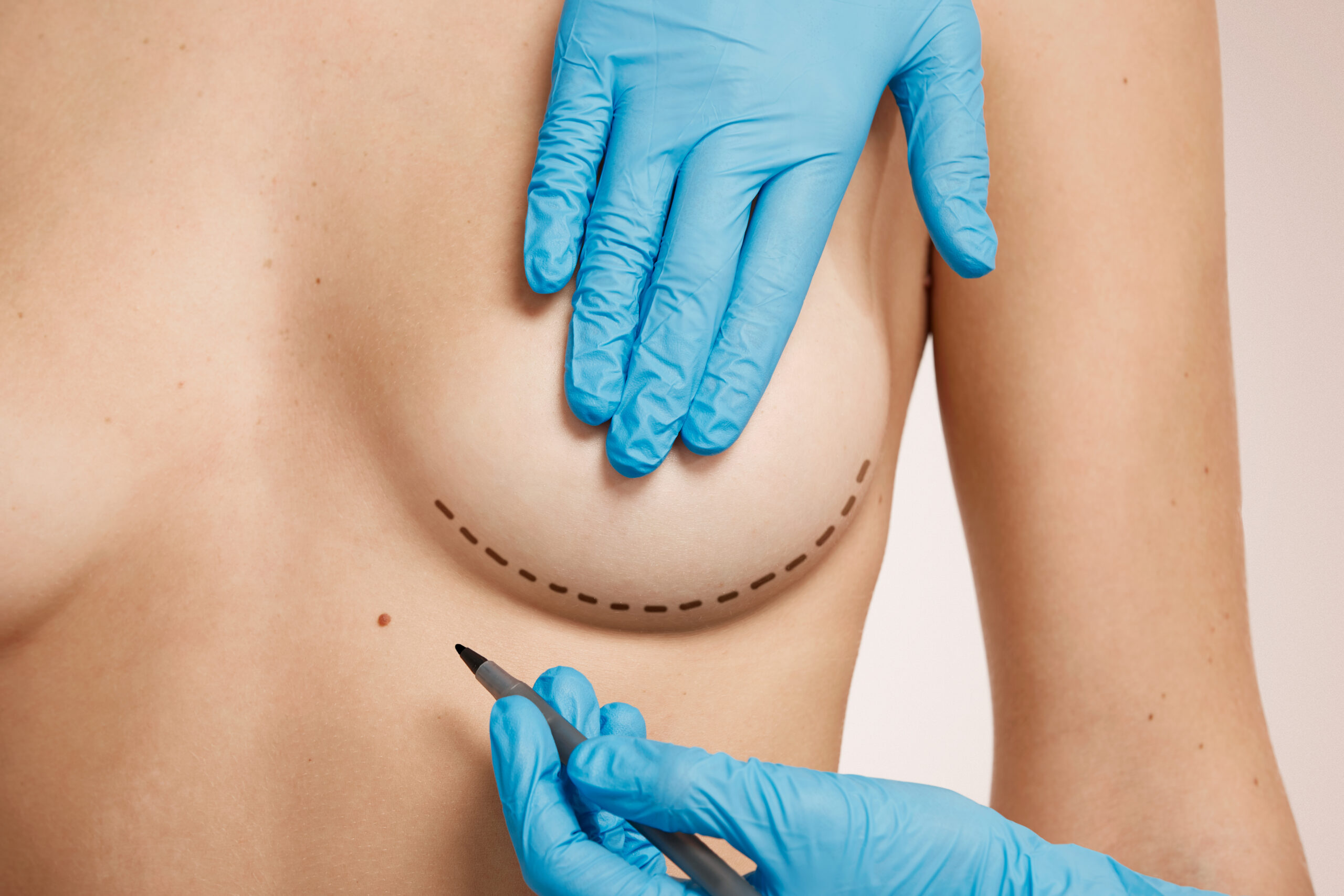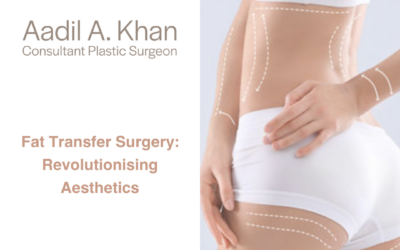For many women and men, breast surgery is a life-changing decision that can boost confidence and improve their quality of life. Whether it’s a cosmetic procedure like breast augmentation or a medical necessity like breast reduction, understanding the different types of breast surgery can help you make an informed decision. In this blog post, we’ll break down seven different types of breast surgery, their benefits, risks, and recovery time. So let’s dive in!
Breast Augmentation:
Breast augmentation is one of the most common cosmetic procedures that involves the placement of implants to enhance the shape, size, and symmetry of the breasts. Whether you want to restore lost volume after pregnancy or achieve your desired breast size, breast augmentation can help you achieve your goals. There are two types of breast implants: saline and silicone, and the size, shape, and texture can be customized to meet your needs. However, breast augmentation has some risks, such as infection, bleeding, scarring, and breast implant rupture. Recovery time ranges from two to four weeks.
Breast Implant Removal:
Breast implant removal is another type of breast surgery that involves the complete or partial removal of breast implants. Whether it’s due to medical reasons or personal preference, breast implant removal can restore your breasts’ natural look and feel. However, this procedure may lead to sagging or loose skin, which can be corrected with a breast lift. Recovery time varies depending on the extent of the surgery.
Breast Uplift & Augmentation:
Breast uplift and augmentation combine two procedures: breast lift and breast augmentation, to increase breast volume and lift sagging breasts. This is an ideal option for women who want to address volume loss, drooping, or asymmetry. Although this procedure is more invasive than breast augmentation or uplift alone, the results can be more dramatic and long-lasting. Recovery time ranges from four to six weeks.
Gynecomastia:
Gynecomastia is a common condition that affects men, characterized by the enlargement of breast tissue. This can be caused by hormonal changes, genetics, medications, or medical conditions. Gynecomastia surgery involves the removal of excess breast tissue, resulting in a flatter chest. Recovery time is typically one to two weeks.
Breast Uplift:
Breast uplift, also known as mastopexy, is a procedure that lifts and reshapes sagging breasts by removing excess skin and tissue. This procedure can improve breast shape and position, restore firmness, and boost confidence. However, breast uplift is more invasive than breast augmentation and has a longer recovery time, ranging from six to eight weeks.
Breast Asymmetry:
Breast asymmetry is a common condition that affects many women, characterized by uneven breast size or shape. Breast asymmetry surgery aims to improve the symmetry and balance of the breasts by altering their size, shape, or position. Recovery time varies depending on the extent of the surgery.
Breast Implant Exchange:
Breast implant exchange involves the removal of old breast implants and the placement of new ones. This is an ideal option for women who want to make changes to their existing implants, such as increasing or decreasing their size or changing their type. Recovery time is similar to breast augmentation surgery.
Choosing the right breast surgery can be overwhelming, but by understanding the different types of breast surgery, their benefits, risks, and recovery time, you can make an informed decision that meets your needs and goals. Whether you want to enhance your breast size and shape or correct asymmetry and sagging, there’s a breast surgery option that can help you feel confident and comfortable in your own skin. Consult with a board-certified plastic surgeon to learn more about your options and determine which procedure is right for you.




